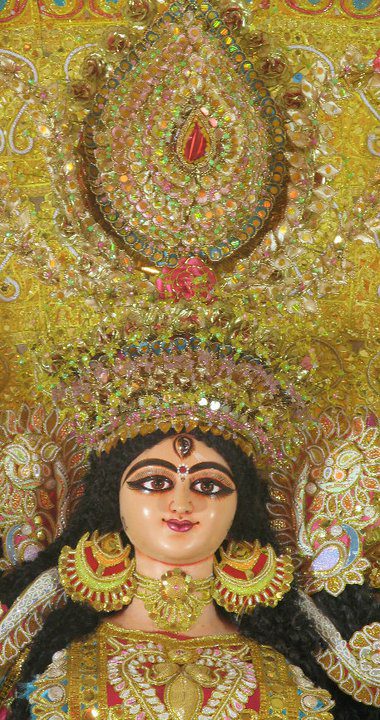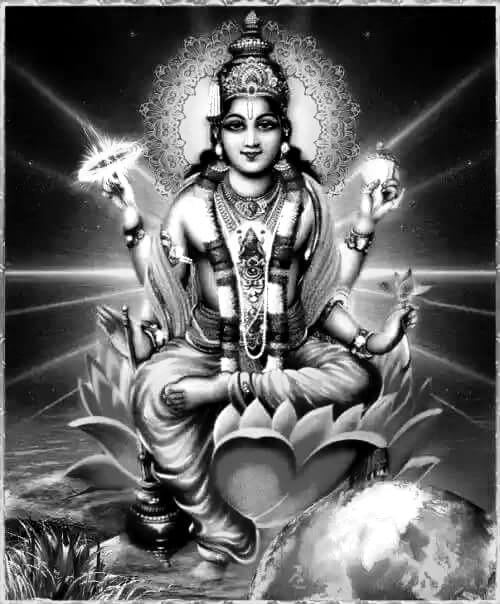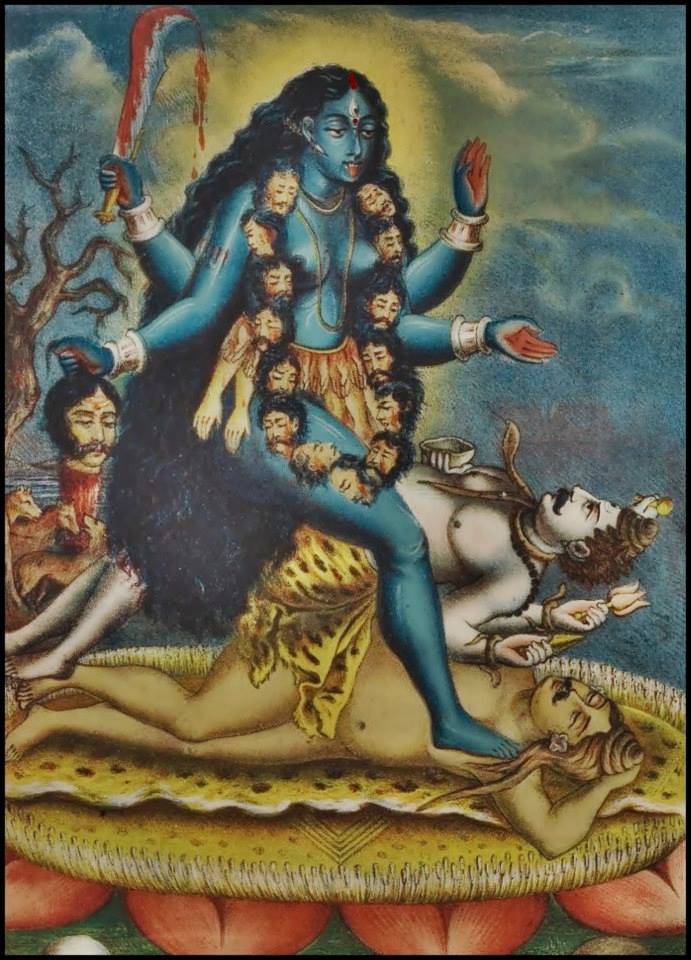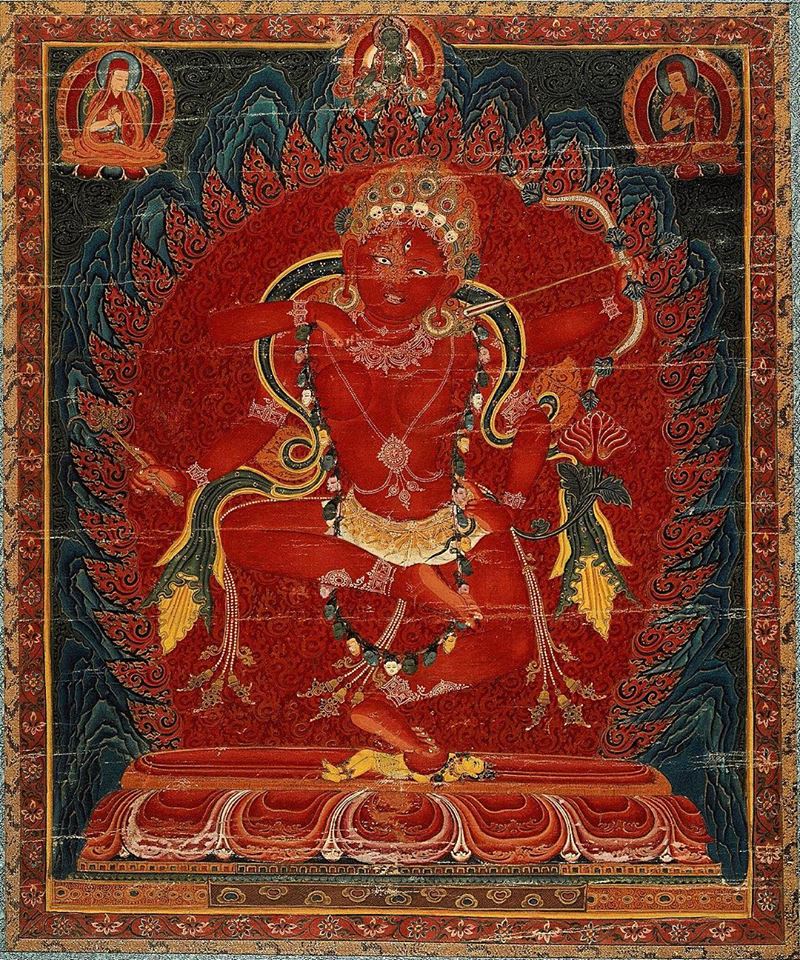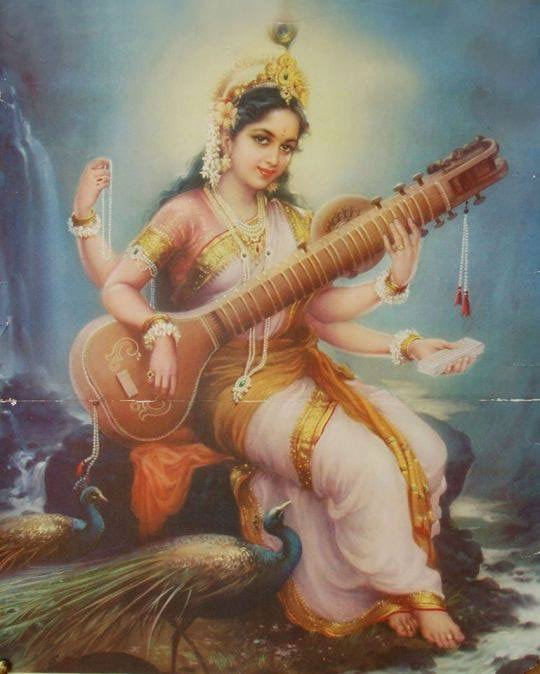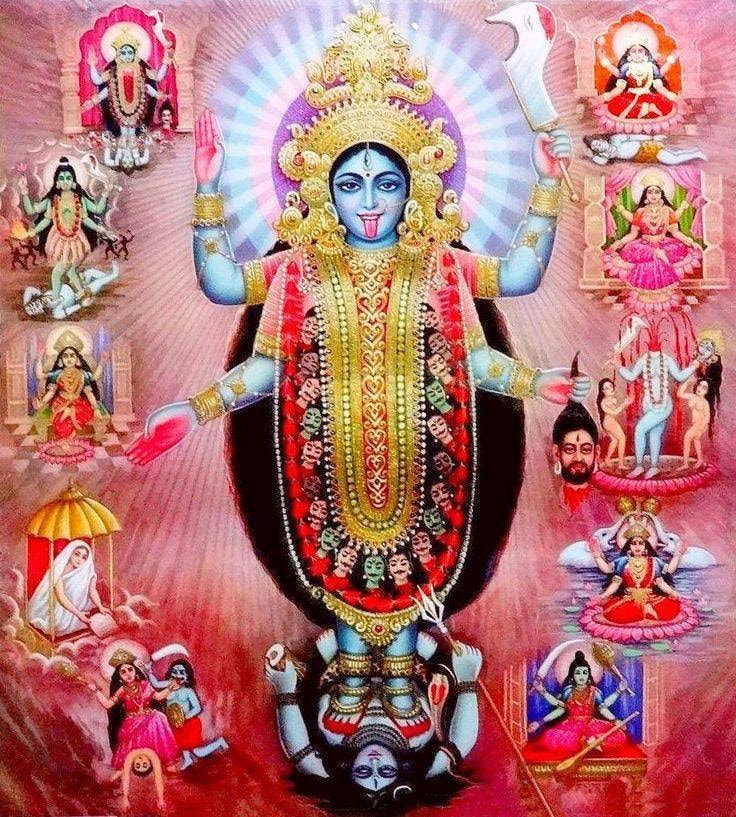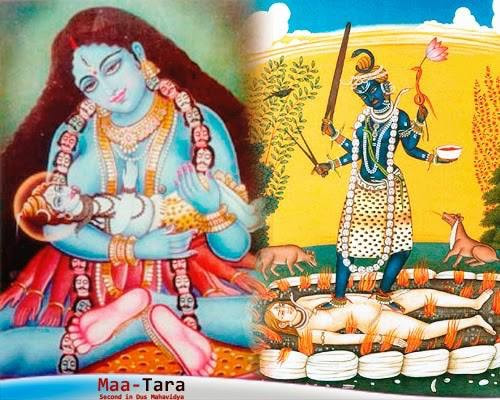
Mother Poleramma is worshipped as a village guardian goddess to protect the village. The shrine is usually kept outside the village, quire frequently on the banks of the irrigation tank. Sometimes the shrine has a makeshift-nature and appear crude bult with mud and stones. Although Poleramma does not enjoy the permanent basis of temple premises, there is nothing to doubt bhaktas devotion towards Mother.
In the rural setting Goddess Poleramma is considered as the goddess of small-pox, more in the nature of Mother Muthu Mariamman of Tamil Nadu. But then again, Mother also oversees cattle disease, drought, and general health welfare. To appease the goddess animal sacrifice is offered.
SEVEN SISTRS: Poleramma is a shrine kept outside the village. In some places she is depicted by stone tow or three feet long set upright. A flat stone is placed on the top, Ankamma has much similarities with Poleramma ad described as a household goddess. She is represented by a pot in which there are some shells, little earthern mugs and similar articles, The shells represent the teeth of devils and pots represent the food they yearn for. Muthyalamm is a form of Goddess Kali or Durga, She is worshiped in Ashada moth during Mahankali festival. Muthylamma is worshiped for rain. Dilli Polaso is a household deity. She is represented by several pots on over another.During household worship, the mother of the wife sends new cloths to her daughter and son in law. Sometimes a few families get together to pray Polasi.
Bangaramma, meaning golden one, is given less importance; she also does not have a temple of her own. But her worship is similar to that of Bangaramm and Poleramma. At times she recieves a small share from Poleramma worship. Mathamma is a special goddess of the Madigas. Madigas are poor, so her worship is not very elaborate. Renuka is worshipped as the Goddess of the fallen in the Hindu panthoen. She is the Patron Goddess of rural Karnataka, Andhra Pradesh and Tamil Naadu. Bhakatas revere her as the Mother of the Universe, Renuka is also known as Mahankali, Jogamma, Somalamma and Ranukamata.
SACRIFICE: When someone if affected by smallpox, cactus leaves are placed on the wall near the gate of the door. Mother Poleramma, seeing the cactus, would be given to think the place uninhabited and pass on as cactus would not be allowed to grow on the wall of an occupied house. Thereafter a sheep or small goat is tied to the leg of the cot on which the sick person is lying. The goat is an offering. It is hoped that with this Poleramma will be satisfied and leave the house. Irrespective of the cure, within a few days, the devoted animal will be taken outside the village and sacrificied. The head of the beheaded animal together with food-offering is left outside the village boundaries. Theleftover food is taken home as Poleramma prasada.
JATARA: When there is widespread smallpox, a general jatara is arranged and an appropriate announcement is made. The diety is given a bath and taken in a procession. This is led by the Madiga asadi or story teller. Food and buttermilk is the usual offering in each household she visits. The food is then divided amongst all. Then they gather in the centre of the village and take anew pot containing one-forth of an anna, tumeric, charcoal and rice. Poleramma’s story of her powers and dangers that visit is she is neglected, is told. Bhaktas make a vow the jatara vows.
Jatara is a four days affair. The pot is then carried throughout the village accompanies by drum beats. When it is carried past each house bhaktas come out and bow before it. The asadi calls upon the elders and and announces the various vows. As community affair, a sheep is sacrificed to seal the promise made in the vows. The temple is cleaned and purified with various ceremonies. On the second day, there are more processions and more food collections.
On the third day, villagers bring their decorated carts and oxen and form a procession to go around the temple. The second day also sees bhaktas bringing sheep, goats and chicken offerings. The fourth day, is the height of the ceremonies. A huge heap of bolied cholam, kaffir corn is pouen out before the goddess and the sacrificial animal is brought. Several rituals are performed after this. When the Poleramma’s worship is over, a sheep is offered to Potu Razu and some food is poured before him. Prayers are offered to him also in order to guard the village and this brings the ceremonies to an end.
POLALA AMAVASYA is amavasya puja. It is mainly observed in Andhra Pradesh and in some parts of Karnataka and by some of the people in Tamilnadu. Polala Amavasya Devata, Goddess Poleramma, is Goddess of the diseases like Chicken-pox and Small pox. A similar festival called 'Sheetala Saptami' is celebrated in North India. Poleramma, an aspect of Goddess Parvati Devi, is very similar to the North Indian Goddess, Sheetala Mata. In Tamilnadu goddess Mariamman or Muthu Marriamman is worshipped in a similar way. The usual offering to Mother is Thaligalu Paravannam-Rice flour noodles in rich coconut and cashew paste, Billalu with rice flour chapathi kind of thing which is not toasted in pan instead steamed and served with roasted urad dhal chutney.
Hara Hara Mahadeva
(Gods, Goddesses, Minor Deities and Sages)



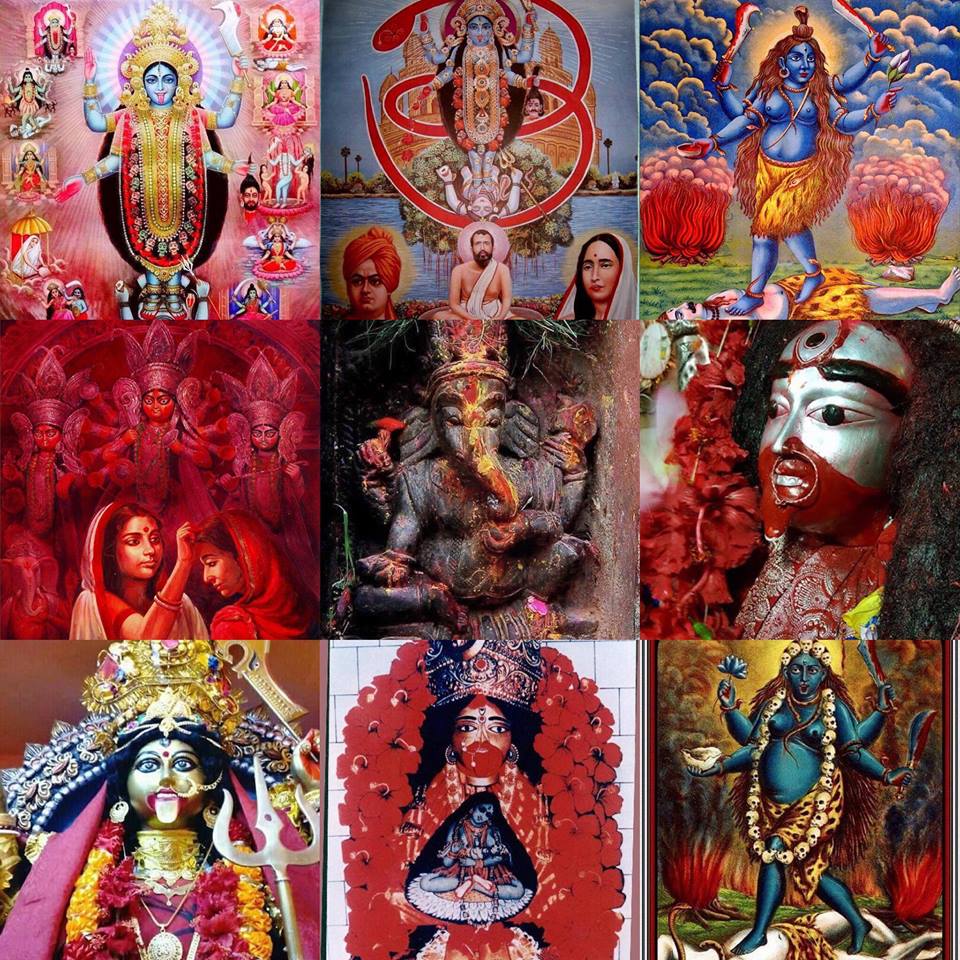
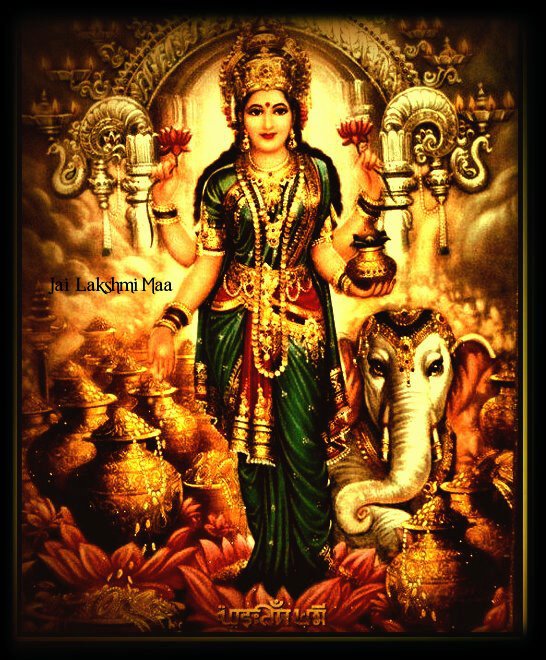

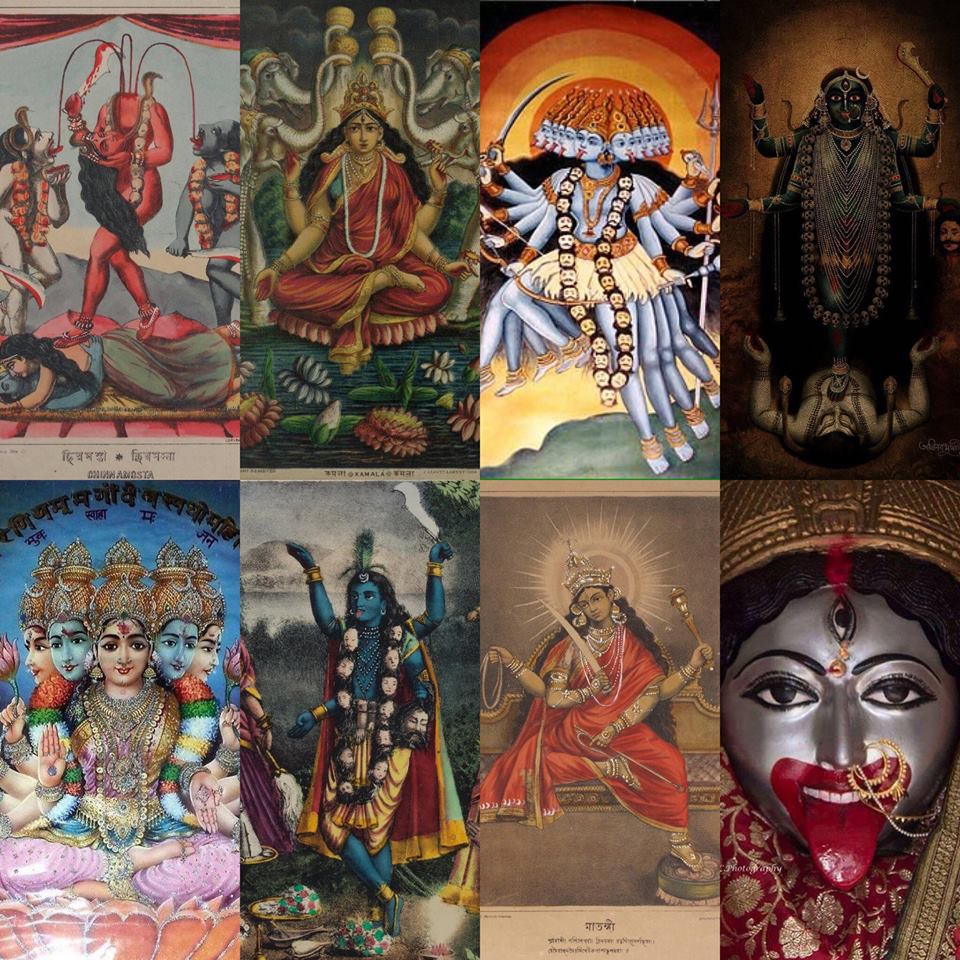
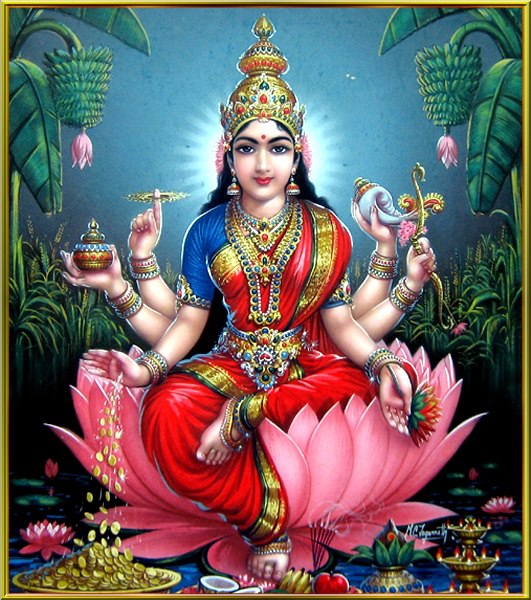



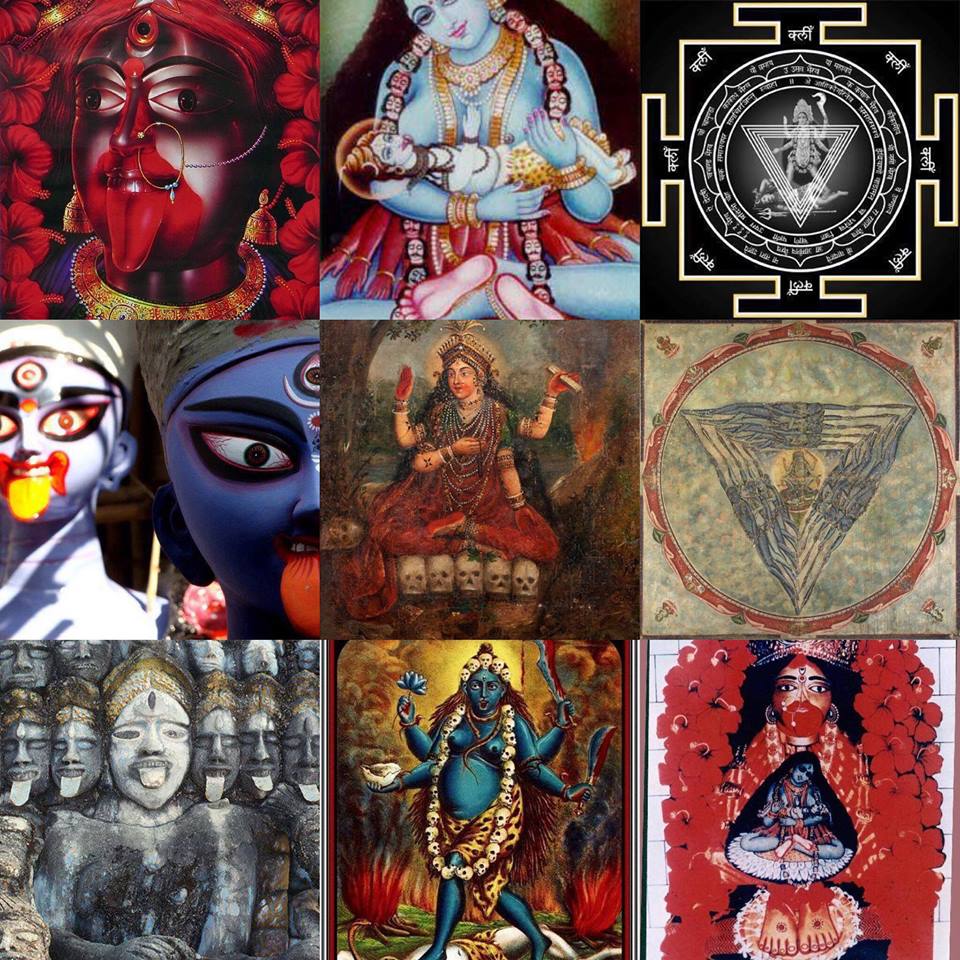


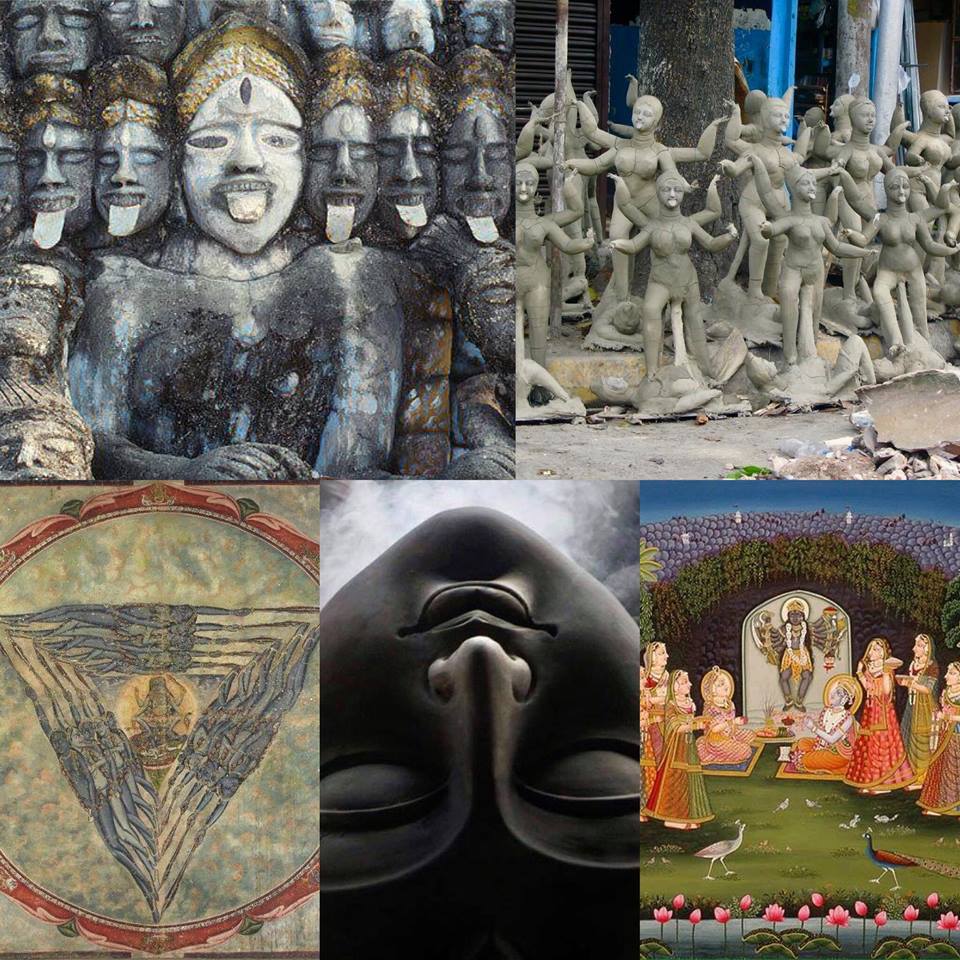







 RSS Feed
RSS Feed













































